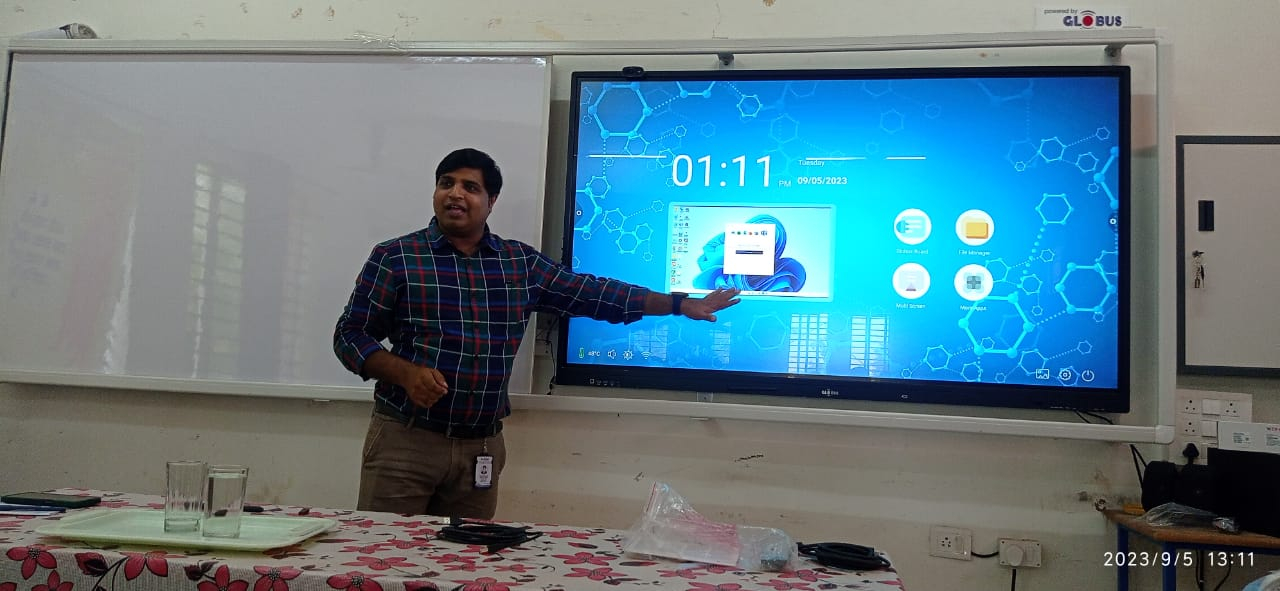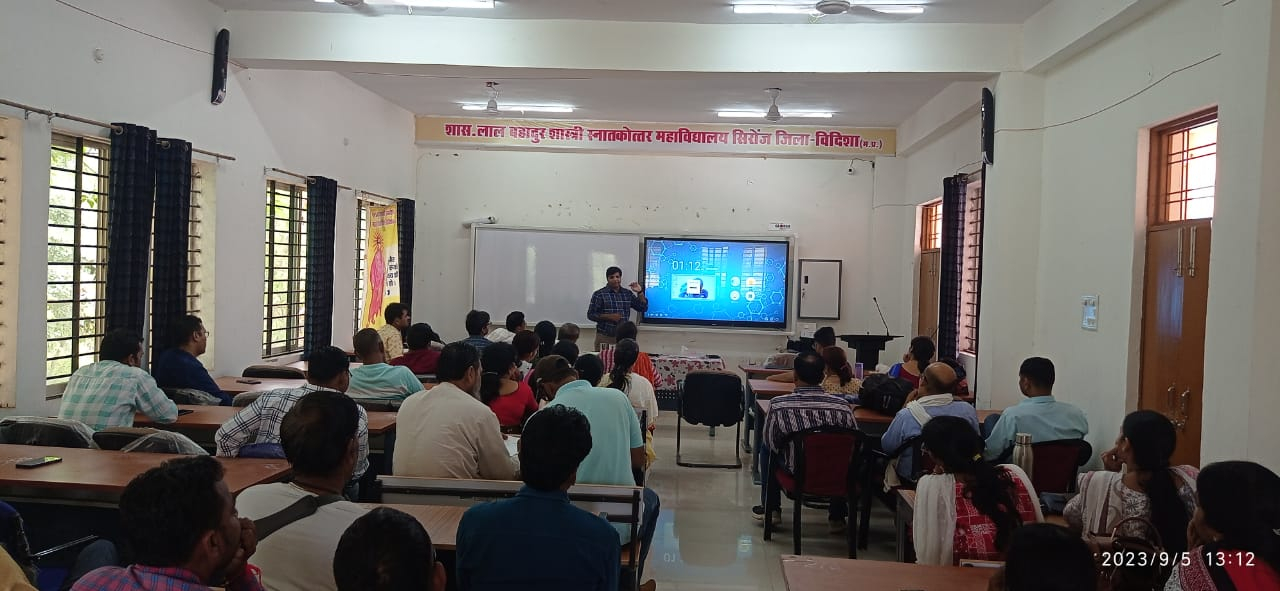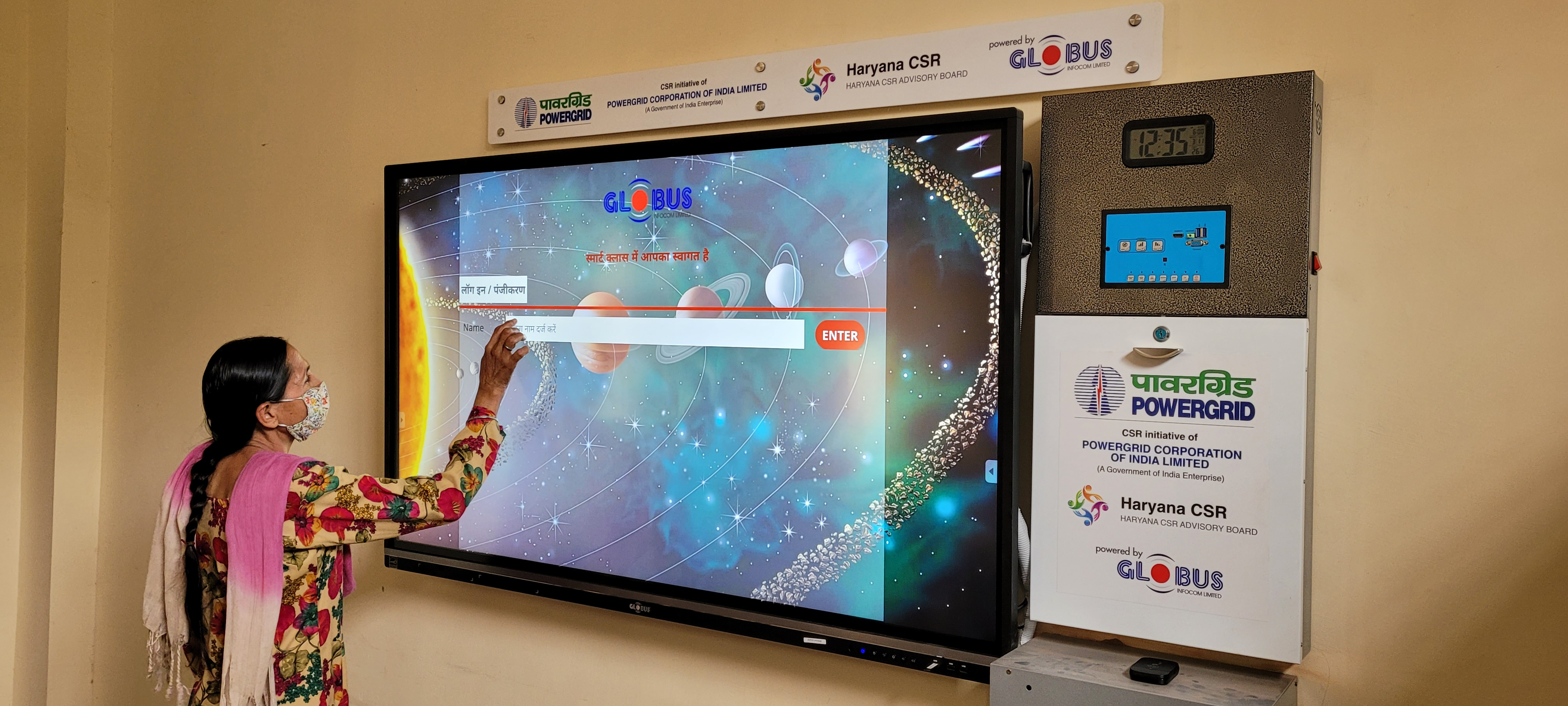- Description
-
Details
Teaching is a noble profession that has evolved significantly over the years. One of the most notable transformations in the field of education has been the integration of technology into the classroom. Smart classrooms, equipped with advanced technology and digital tools, have revolutionized the way teachers impart knowledge and interact with students. In this article, we will explore the concept of smart classrooms and how they have simplified teaching, making it more efficient, effective, and engaging.
The Evolution of Teaching
Teaching methods have undergone a profound transformation in recent decades. Traditional chalkboards, textbooks, and lectures are no longer the sole means of imparting knowledge. The advent of the digital age has introduced a wide array of technological tools and resources that have reshaped the teaching landscape. Smart classrooms represent the pinnacle of this evolution, combining hardware and software to create a dynamic and interactive learning environment.
Key Components of a Smart Classroom
-
Interactive Whiteboards and Displays: One of the central elements of a smart classroom is the interactive whiteboard or display. These digital boards serve as a modern alternative to traditional chalkboards, allowing teachers to write, draw, and project multimedia content. They enable real-time interaction with the material, enhancing engagement.
-
Digital Content: Smart classrooms leverage digital textbooks, e-books, and multimedia resources. This digital content is easily accessible on devices such as tablets, laptops, and even smartphones. It enables teachers to incorporate a variety of multimedia elements, making lessons more captivating.
-
High-Speed Internet: Seamless internet connectivity is a prerequisite for smart classrooms. It enables access to online resources, video conferencing, collaborative tools, and real-time research, enriching the learning experience.
-
Educational Software: Specialized educational software and applications have been developed to cater to the needs of teachers and students. These programs assist with lesson planning, assessment, and even adapt content to individual learning styles.
-
Audio-Visual Equipment: Smart classrooms often feature high-quality audio-visual equipment, including sound systems, projectors, and cameras. These components enhance communication and presentation quality.
-
Student Devices: Many smart classrooms provide students with personal devices, such as tablets or laptops, allowing them to participate actively in lessons, access digital resources, and collaborate with peers.
-
Collaboration Tools: Online collaboration tools facilitate communication between teachers and students, enabling file sharing, discussion forums, and group projects. They encourage active participation and teamwork.
Simplifying Teaching with Smart Classrooms
-
Enhanced Engagement: Smart classrooms promote active learning through interactive content and multimedia presentations. This engagement can lead to better comprehension and retention of information.
-
Customized Learning: Educational software in smart classrooms can adapt content to suit individual learning styles and paces, ensuring that no student is left behind.
-
Efficient Resource Management: Digital content reduces the need for physical textbooks, saving resources and simplifying administrative tasks for educators.
-
Global Connectivity: Smart classrooms enable teachers to connect with experts and classrooms worldwide, fostering cultural awareness and expanding students' horizons.
-
Assessment and Feedback: Smart classrooms often include tools for automated assessment and instant feedback, reducing the time teachers spend grading and allowing them to focus on instructional quality.
-
Remote Learning: Smart classrooms can seamlessly transition to remote learning environments, providing flexibility during unforeseen circumstances like pandemics or inclement weather.
Challenges and Considerations
While smart classrooms offer numerous benefits, they also come with challenges and considerations:
-
Cost: The initial setup cost of smart classrooms can be significant, including investments in hardware, software, and training.
-
Digital Divide: Not all students have equal access to personal devices or reliable internet connectivity, potentially exacerbating educational inequalities.
-
Privacy and Security: Protecting student data and ensuring the security of online learning environments is a paramount concern.
-
Teacher Training: Teachers require ongoing training to effectively integrate technology into their teaching methods.
-
Overreliance on Technology: Striking a balance between technology and traditional teaching methods is crucial to avoid over-reliance on screens and devices.
The Future of Teaching
Smart classrooms are not a passing trend but a glimpse into the future of education. As technology continues to evolve, so will the capabilities of these dynamic learning environments. Here are some trends that may shape the future of teaching:
-
Artificial Intelligence (AI): AI will play a more prominent role in smart classrooms, offering advanced analytics, personalized content recommendations, and virtual teaching assistants.
-
Augmented Reality (AR) and Virtual Reality (VR): AR and VR technologies will enable immersive learning experiences, allowing students to explore and interact with subjects in a three-dimensional space.
-
Data-Driven Instruction: The data collected in smart classrooms will provide valuable insights into student performance, helping teachers tailor their instruction for better outcomes.
-
Global Collaboration: Collaboration with peers and experts from different parts of the world will become a standard part of education, promoting cross-cultural understanding.
Conclusion
Smart classrooms have simplified teaching by leveraging technology to create engaging, efficient, and effective learning environments. While challenges such as cost, access, and privacy need to be addressed, the benefits of smart classrooms are undeniable. As technology continues to advance, these innovative learning spaces will become increasingly integral to the educational landscape, ensuring that teachers have the tools they need to prepare students for a rapidly changing world.
Smart Classroom Images





-
- Reviews
-
Default welcome msg!

